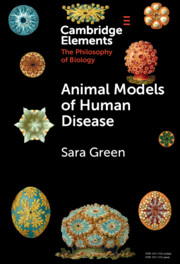Element contents
Animal Models of Human Disease
Published online by Cambridge University Press: 17 April 2024
Summary
Keywords
- Type
- Element
- Information
- Online ISBN: 9781009025836Publisher: Cambridge University PressPrint publication: 16 May 2024
References
- 2
- Cited by



